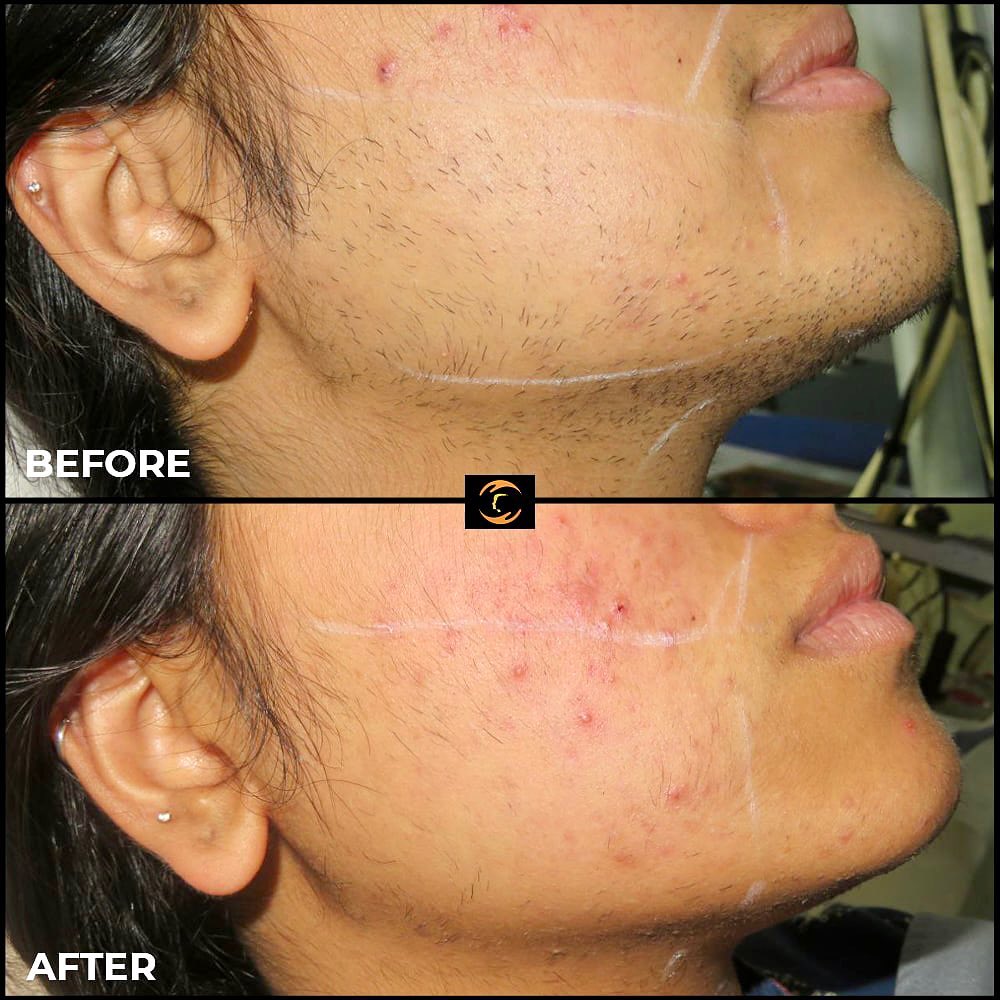Laser Treatment
Laser Treatments in Mumbai
Advanced Laser Solutions for Flawless Skin & Aesthetic Enhancement
Are you struggling with skin imperfections, unwanted hair, or signs of aging?
Skin concerns like pigmentation, acne scars, wrinkles, and excessive hair growth can affect your confidence and appearance.
Laser treatments offer a non-invasive and effective solution to rejuvenate your skin, remove unwanted hair, and enhance your natural beauty.
With cutting-edge technology, Laser Treatments in Mumbai can help you achieve smoother, clearer, and more youthful skin with precision and minimal downtime.
Consult Dr. Saumil Shah, a leading aesthetic expert, for safe and advanced laser treatments. Experience the benefits of modern laser technology for skin rejuvenation, hair removal, and scar reduction.
Best Laser Treatments in Mumbai
If you're seeking laser treatment in Mumbai, you've found the right place, consult Dr. Saumil Shah, an experienced Mumbai-based plastic, aesthetic, and reconstructive surgeon specializing in Laser Treatment. In these modern times, he stands as the perfect choice for all your cosmetic needs, bringing expertise and a touch of care to every procedure.
Imagine never having to shave, tweeze, or wax. Hello laser, goodbye razor!
LASER HAIR REDUCTION is the latest and most effective method for removal of unwanted body and facial hair. The technology is safe and FDA approved, designed for laser hair removal. We use the “Lightsheer Diode” laser system which comes equipped with a unique cooling hand-piece to minimise skin irritation and discomfort. We also use Long pulsed Nd:YAG laser for skin types V and VI (dark shades). Large body areas are treated with “Lightsheer Desire Laser” having large vacuum assisted hand piece. With the “Desire” system large body areas like arms, legs, back and trunk can be treated in few minutes and with minimum or no discomfort.

